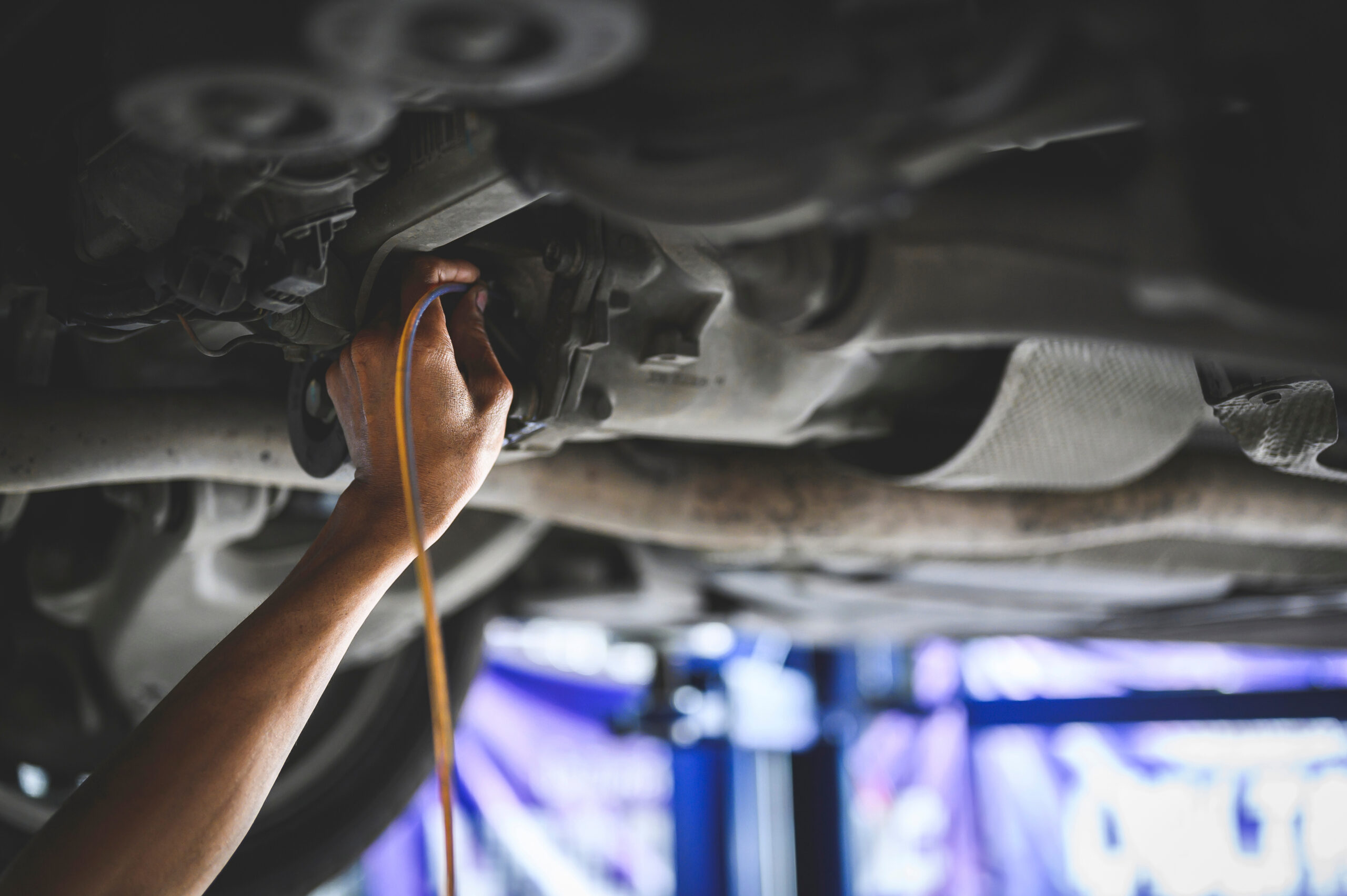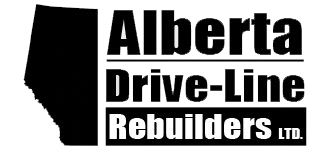
Changing the differential fluid in your vehicle is crucial for maintaining the health and performance of your drivetrain. The differential helps transfer power from the engine to the wheels, requiring proper lubrication to function effectively. Here are five essential tips for changing your differential fluid, ensuring your vehicle runs smoothly and efficiently.
1. Understand the Importance of Differential Fluid
Differential fluid acts as a lubricant, reducing friction between the gears and helping to dissipate heat. Over time, this fluid can become contaminated with metal shavings and debris, leading to reduced lubrication and potential damage. Regular differential fluid changes are essential for preventing costly differential repairs. Keeping an eye on the condition of your fluid can also extend the life of your rear differential.
2. Know When to Change the Fluid
Differential fluid does not need to be changed as frequently as engine oil, but adhering to your vehicle manufacturer’s recommended maintenance schedule is still important. Generally, changing the differential fluid every 30,000 to 60,000 km is advisable, depending on your driving habits and the type of vehicle you own. If you frequently drive in harsh conditions, such as off-road or towing heavy loads, consider changing the fluid more often. If you’re unsure when to change it, consult a local mechanic or search for “differential repair near me” for professional advice.
3. Gather the Right Tools and Supplies
Before you begin the fluid change, gather all necessary tools and supplies. You will need:
- A socket set or wrench
- A fluid pump
- A container for the old fluid
- New differential fluid (ensure it meets manufacturer specifications)
- A funnel
- Rags for cleanup
Having all your tools ready will make the process smoother and more efficient. If you need help determining what supplies you need, you can also find helpful resources online or consult with local differential repair services.
4. Follow the Correct Procedure
Changing the differential fluid involves a few straightforward steps:
- Lift the Vehicle: Use a jack to raise your vehicle and secure it with jack stands for safety.
- Locate the Differential: Identify the differential under your vehicle. It will typically be a large metal casing in the center of the rear axle.
- Drain the Old Fluid: Place a container under the differential and remove the drain plug. Allow the old fluid to drain out thoroughly.
- Replace the Drain Plug: After the old fluid has drained, replace and tighten the drain plug.
- Fill with New Fluid: Using a fluid pump, fill the differential with new fluid through the fill plug. For the correct fluid level, refer to your owner’s manual.
- Check for Leaks: After filling, replace the fill plug and check for leaks around the drain plug and fill plug.
By following these steps, you can efficiently change the differential fluid and help prevent the need for rear differential repair in the future.
5. Consult a Professional If Needed
If you’re unsure about changing the differential fluid yourself or if you encounter any complications during the process, don’t hesitate to consult a professional. To find a professional, you can make a quick Google search for “differential repair near me.” They can perform the fluid change and inspect your differential for any signs of wear or damage, ensuring your vehicle remains in excellent condition.
Take Charge of Your Vehicle’s Performance!
Is it time to change your differential fluid? Trust the Alberta Drive-Line Rebuilders Ltd. experts to handle all your differential repair needs. Our team is committed to providing top-notch service and ensuring your vehicle operates smoothly. Visit our website today to learn more about our services and schedule an appointment for differential repair near you!
